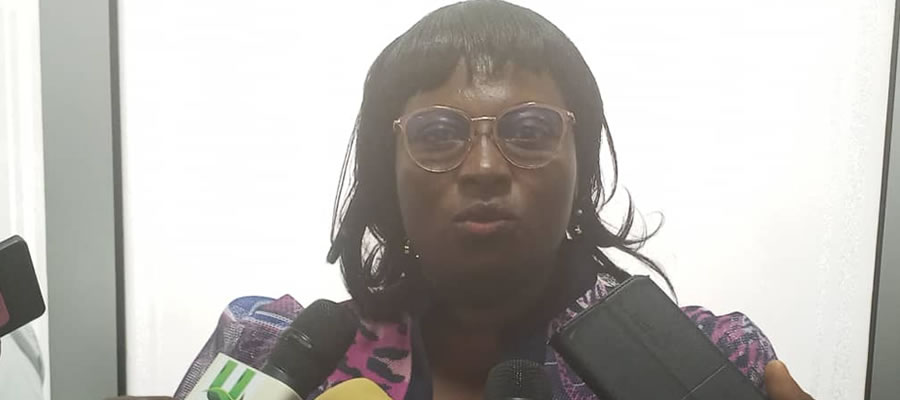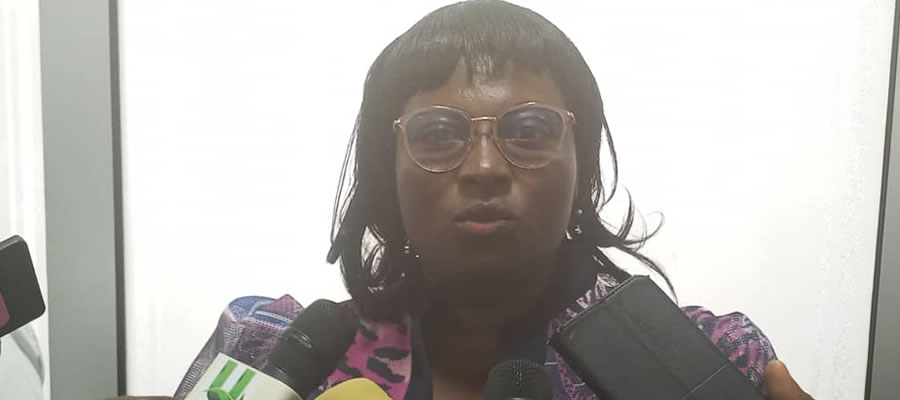

Introduction
Housing and housing conditions are very important variables in any population study. Our dignity as human beings depends on the type of houses and housing conditions we live in. This chapter therefore discusses in detail the stock of houses and households by type of locality, household sizes, ownership status of dwellings by sex of household head and type, and type of occupied dwellings in the Tatale-Sanguli District. This chapter provides information on the types of housing, ownership, building materials for walls, floor and roof. It also covers main sources of water for drinking and other domestic uses, energy for lighting, cooking fuel and space as well as means for disposing both solid and liquid wastes in the District.
Housing Stock
The total number of houses in the district is 5,097 representing 2.3 percent of the total housing stock in Brong Ahafo with 1,138 located in the urban and 4,769 in the rural areas. The number of households in the district is 6,986 of which 1,322 reside in the urban areas and 5,664 in the rural areas. The population per house is 10.0. It can be observed that the population per household for the rural areas (10.1) is higher than that of the urban areas (9.8).The average household size for the district is 8.6.
Type of Dwelling, Holding and Tenancy Arrangement 8.3.1
Compound housing units with rooms are the dominant housing type in the district with a figure of 5,091, representing 72.9 percent of all housing units in the district. The situation is true between the sexes and between urban and rural areas. The next important type of dwelling units are separate house types (17.7%), while the semi-detached house type constitutes about two percent. Again the pattern is repeated among male-headed and femaleheaded households and in urban and rural areas. However, female-headed households (25.2%) are more likely than their male-headed (17.0%) counterparts to be separate.
House ownership
More than ninety percent of dwelling units occupied by households in the district are owned by household members (92.6%). About1.4 percent of all dwellings are owned by private individuals; 3.1 percent are owned by a relative who is not a member of the household. About 1.4 percent of the dwelling units are owned by public/government. Of the 6,986 dwelling units in the district, 92 percent are owned by male-headed households, 588 units representing 8 percent are owned by female headed households. With regard to locality, 21 percent of them are urban while 81 percent are rural.
Construction Materials
Materials for outer wall Table 8.4 shows that about 77.7 percent of the outer walls of all dwelling units in the district are made mud brick/earth. Another 8.2 percent are made of cement blocks or concrete and about 9.2 percent have landcrete outer walls. While 1.5 percent of dwelling units have outer walls made of wood, less than one percent of houses have outer walls made of metal sheets, slates or asbestos, stones and burnt bricks. Dwellings with mud bricks/earth outer walls are more prevalent in the rural areas (83.0%) than in the urban centers (55.6%). Also outer walls constructed of cement blocks or concrete are more common in the urban centers (21.8%) than in the rural areas (4.9%). Palm leaf/thatch (grass or raffia) used for outer walls of dwelling units are found only in the rural areas while those with wood as outer walls are about twice as common in the rural than urban areas (1.6% versus 0.7%).
Materials for floor
The type of material used for constructing the floors of the dwellings in the district. About seven in ten houses in the district have floors made of cement and concrete (67.1%) and earth/mud is 31.9 percent.
Materials for roof
Metal sheet is the most widely used material for roofing in the district(76.6%), followed by thatch/palm leaf or raffia (17.9%).Less than three percent have roofed their dwellings with mud/mud bricks/earth (2.2%) and a little over one percent (1.3%) has used wood as roofing material. Almost all the dwelling units in the urban areas (92.1%) are roofed with metal sheets compared with 72.8 percent in the rural areas. The next important roofing material found in the district is thatch/palm leaf or raffia found in 17.9 percent of dwelling units. Thatch/palm leaf or raffia is more common in the rural (21.1%) than urban (4.9%) areas.
Room Occupancy
The number of sleeping rooms provides an indication of the extent of crowding in households. Crowded living conditions increase the risk of the spread of infectious diseases, such as meningococcal disease, tuberculosis and respiratory infections. Table 8.7 provides information on the number of sleeping rooms per household. T
The 22.1 percent of the total 57 households in the district occupy three rooms; nearly half of households (49.2%) live in one to three rooms and a little over three-quarters (77.6%) live in one to five rooms. An overwhelming majority of one member households (84.3%) live in one room houses with almost all of them (97.4%) living in 1 to 4 rooms. The proportion of households living in one room decreases steadily with increasing number of household size. A little over half of households with a size of 10+ households (56.2%) sleep in 1 to 4 rooms. About 0.6 percent of households with 10 or more members occupy single room.
Information Communication Technology (ICT)
Information Communication Technology (ICT) plays an important role in the economy of every nation and is widely recognized as a key instrument for the socio-economic and political transformation of developing nations. ICT is recognised as vital for reducing poverty, enhancing economic growth and promoting good governance.
The district enjoys the services of four telecommunication network providers namely, Vodafone Ghana which provides fixed lines as well as cellular services, MTN, Airtel Ghana and Mellicom Ghana Ltd (TIGO) which provide only cellular services. This chapter focuses on the penetration of information communication technology in the Tatale-Sanguli District. Data is analysed for mobile phone usage, use of internet, usage of desktop/laptop and ownership of fixed telephone lines.
Ownership of Mobile Phone
This section is on mobile phone usage for persons 12 years and older by sex in the district. Table 5.1 puts the population of 12 years and older in the Tatale-Sanguli District at 36, 785. Out of this number 4,213 persons, representing 11.5 percent of them owned mobile phones in the district. The proportion of males who owned mobile phones in the district (15.6%) is about twice that of females (7.5%).
Use of Internet
Only about 174 people who are 12 years and older in the district (0.5%) use the internet. The proportion of internet usage is higher for males (0.7%) than that for females (0.3%).
Household Ownership of Desktop/Laptop Computers
5.2 presents information on household ownership of desktop/laptop computers by sex of head. The table also shows that ownership of desktop/laptop computers is very low in the district. Less than one percent of households in the district owned desktop/laptop computers.
Date Created : 11/21/2017 8:24:19 AM








 facebook
facebook
 twitter
twitter
 Youtube
Youtube
 +233 593 831 280
+233 593 831 280 0800 430 430
0800 430 430 GPS: GE-231-4383
GPS: GE-231-4383 info@ghanadistricts.com
info@ghanadistricts.com Box GP1044, Accra, Ghana
Box GP1044, Accra, Ghana